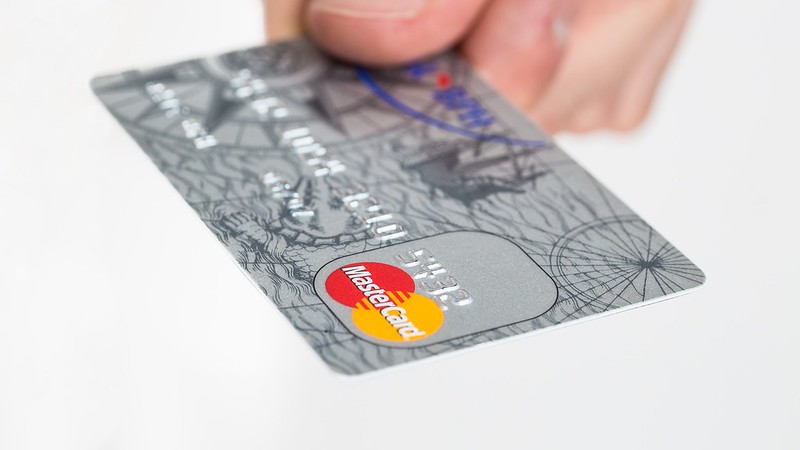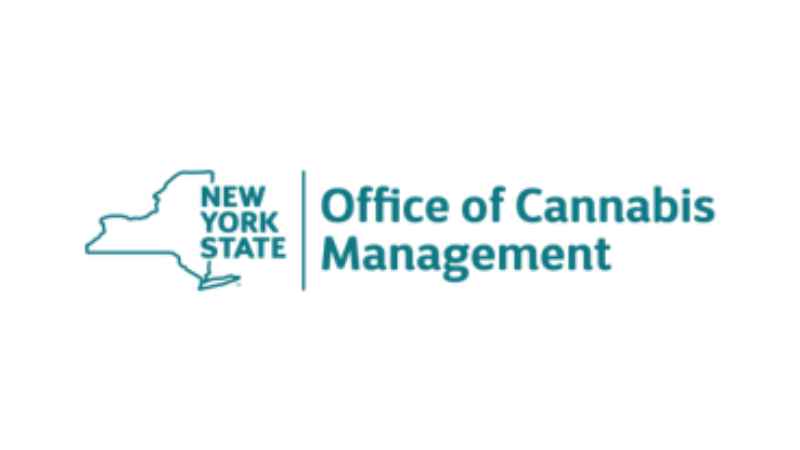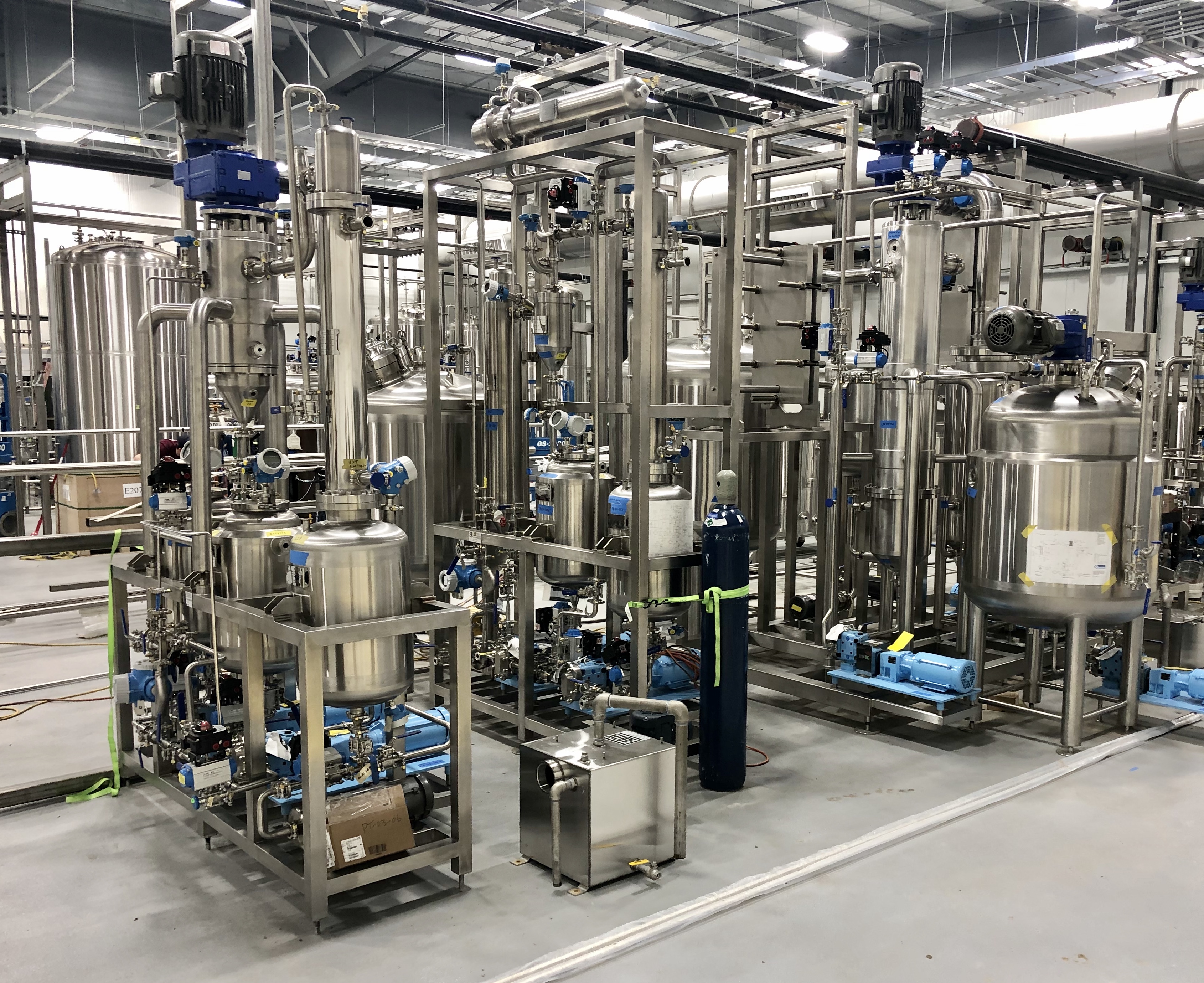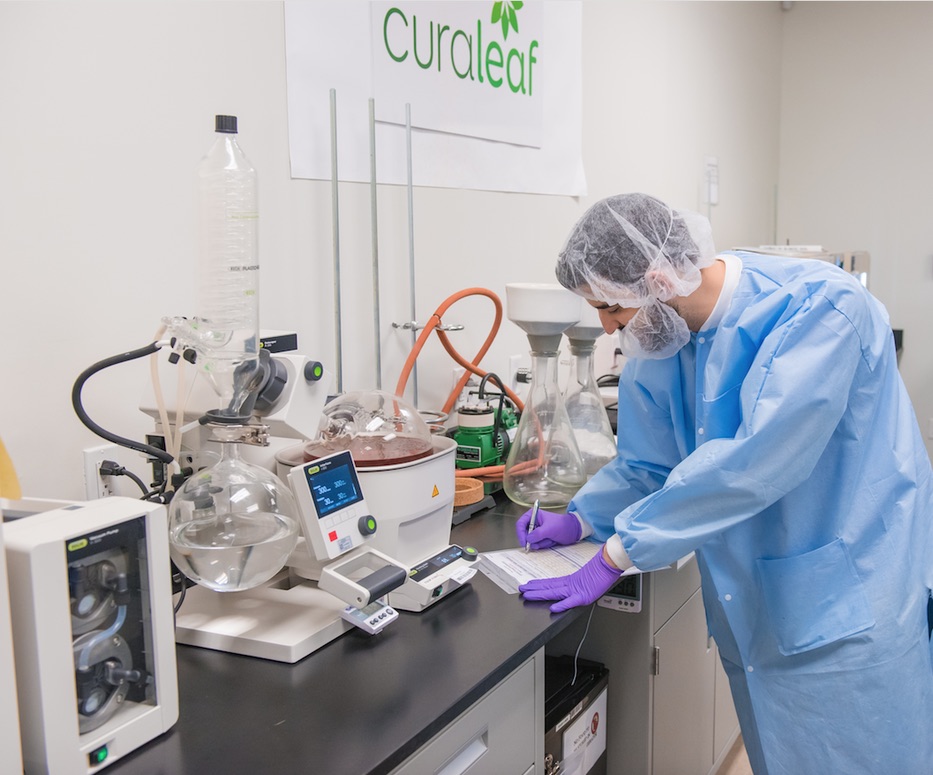Late last month, Mastercard decided to halt their debit card transactions with cannabis dispensaries, notifying financial institutions and payment processors to stop processing purchases. This isn’t the first digital payment solution to swiftly exit the industry – late last year, vendors turned off services to their cashless ATMs. These abrupt decisions have made major headlines, shocking cannabis dispensary owners, operators and consumers as they scramble to shift focus back to the remaining legal payment tools.
For the cannabis industry veterans like myself, these exits aren’t a surprise at all. Why? Cannabis is federally illegal and federal regulations restrict banks and other financial services companies from working with cannabis businesses – even if it is legal at a state level. Due to this massive legal hurdle, cannabis dispensaries often lack access to typical banking services and have limited payment options for consumers, making it challenging to manage and facilitate payments.
Some believe that this decision by Mastercard, the second largest payments provider in the world, and by other payment vendors, coupled with the political pressure to legalize cannabis could help push legalization or the Secure and Fair Enforcement (SAFE) Banking Act to help mitigate the lack of access to banking services in the longer term. Even though cannabis represents an economic opportunity – MJBizDaily estimates that combined medical and adult use cannabis sales could reach $33.6 billion by the end of 2023, and $53.5 billion by 2027 – hurdles to legalization mean that, for now, cash will be the most prevalent payments option.
Let’s Talk About Cash

Cash remains the longstanding and most prevalent payment option in cannabis. However, it presents difficulties for businesses. Physical cash is difficult to manage for dispensaries for several reasons, primarily due to the costs to count, track and manage cash volumes and the labor required to count the cash. In fact, in most dispensaries, associates count cash an average of six times a day. Each time cash is manually counted, dispensaries risk miscounts, shrinkage, security and safety concerns due to robberies.
This manual labor required to oversee a business’s balance sheet and keep dispensaries operating is inefficient and unsustainable, and many have attempted to incorporate debit payments or cashless ATM transactions to help mitigate the costs associated with cash. However, while cash presents logistical and operational challenges for dispensary owners, it remains one of the more dependable payment options consumers and dispensaries have for cannabis transactions. Dispensaries can integrate simple strategies to improve their cash handling and operate more efficiently.
Best practices with cash management for dispensaries
The biggest and most impactful strategy is incorporating cash automation tools to help secure, count and manage their payments. The largest and oldest dispensary in Washington D.C. incorporated sophisticated automation tools into their cash handling practices, which have alleviated massive headaches and burdens from store associates, managers and its accounting team, who previously relied on manual cash processes to count, sort and manage their cash.

This cash-handling technology has improved count accuracy, saved time for staff, improved visibility and enabled real-time reporting. These tools have transformed the day-to-day duties of staff. The dispensary’s accounting team and associates no longer get overwhelmed when anticipating increased cash flow on 4/20 or other holidays because they have tools that eliminate the extreme costs of handling cash. Additionally, they now confidently support audits as they have complete reports of each transaction by user, date and time. Before automation, audits were next to impossible to execute confidently.
The greatest benefit of cash automation tools is the near elimination of shrinkage, a term referring to the cash lost due to employee theft or miscounts. With cash automation, cash is as affordable as digital payment options, with the added confidence that cash won’t disappear as a payment option for consumers.
Have a Cash Strategy
While Mastercard’s decision to leave the cannabis industry leaves dispensaries in the lurch, the cannabis payments ecosystem continues to evolve and transition quickly. Dispensaries must be agile and incorporate strategies for the payment options, both inbound from consumers and outbound to their vendors, that they can rely on.
As the cannabis industry continues to evolve, embracing cash automation will be crucial for sustainable growth and success. Cash automation is a transformative solution for cannabis reducing the cost of managing cash while addressing the unique challenges associated with high cash volume operations. Embracing cash automation allows dispensaries to thrive in an evolving industry while maintaining control over their cash ecosystem, no matter who enters or exits the payments space.

























 The California Cannabis Track-and-Trace system (CCTT) gives state officials the ability to supervise and regulate the burgeoning cannabis industry in the golden state.
The California Cannabis Track-and-Trace system (CCTT) gives state officials the ability to supervise and regulate the burgeoning cannabis industry in the golden state.






